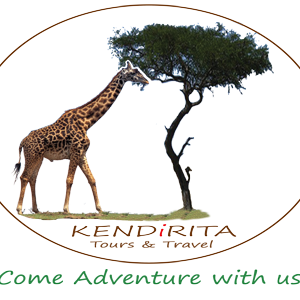“The greatness of a nation and its moral progress can be judged by the way its animals are treated.”-Mahatma Gandhi
Kenyan environmental and wildlife conservation efforts date back to the 1970s merely a decade post-independence. Due to human-wildlife conflict that arose over farmers’ crops and shared resources such as land, pasture, and water, there was a need for communities and private individuals to get actively involved. Since then, the country has been at the forefront of conservation efforts on the African continent.
One of the key pillars of Kenya’s conservation success lies in its diverse range of conservancies. These conservancies play a crucial role in preserving the country’s natural heritage, protecting endangered species, and promoting sustainable development.
In this blog post, Kendirita Tours will explore different types of conservancies in Kenya, highlighting their unique characteristics and some of their impactful achievements thus far.
Community Conservancies
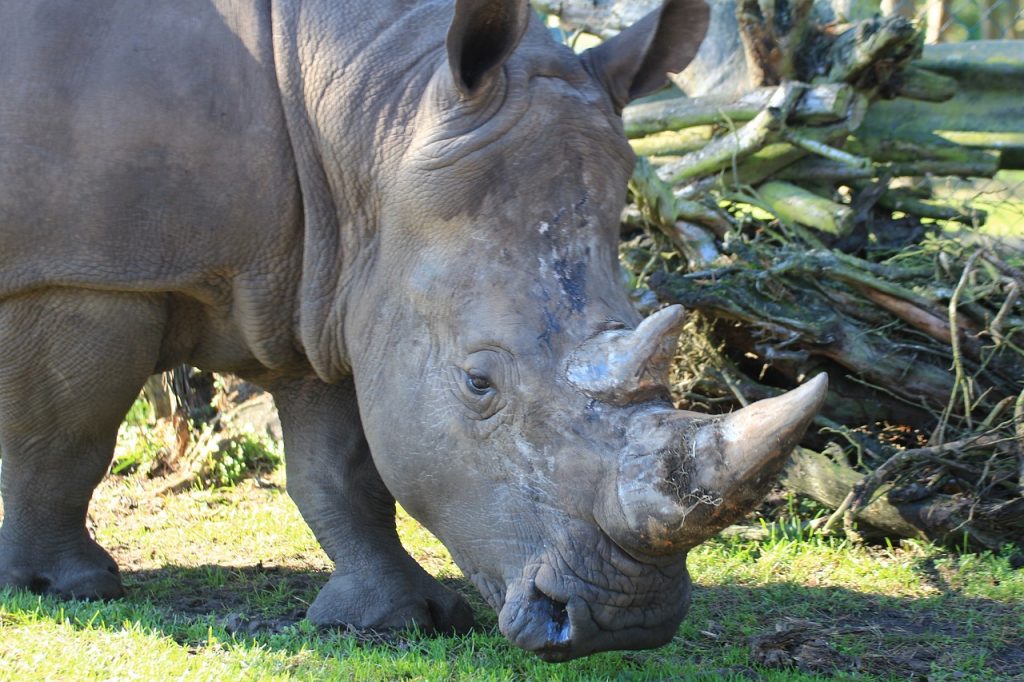
As a country, Kenya is guided by the belief system that when the people are willing stewards, wildlife flourishes and communities thrive. Community conservancies empower local communities to actively participate in wildlife conservation and benefit from the proceeds of tourism. By involving the locals, these conservancies create a sense of ownership and responsibility towards safeguarding their shared natural resources.
A shining example is the Ol Pejeta Conservancy, where community engagement has not only led to a decline in poaching but has also boosted local economies through responsible tourism. Ol Pejeta is now famous worldwide for being the home of the last two remaining white rhinos in the world as well as hosting the highest population of black rhinos in East Africa.
Private Conservancies
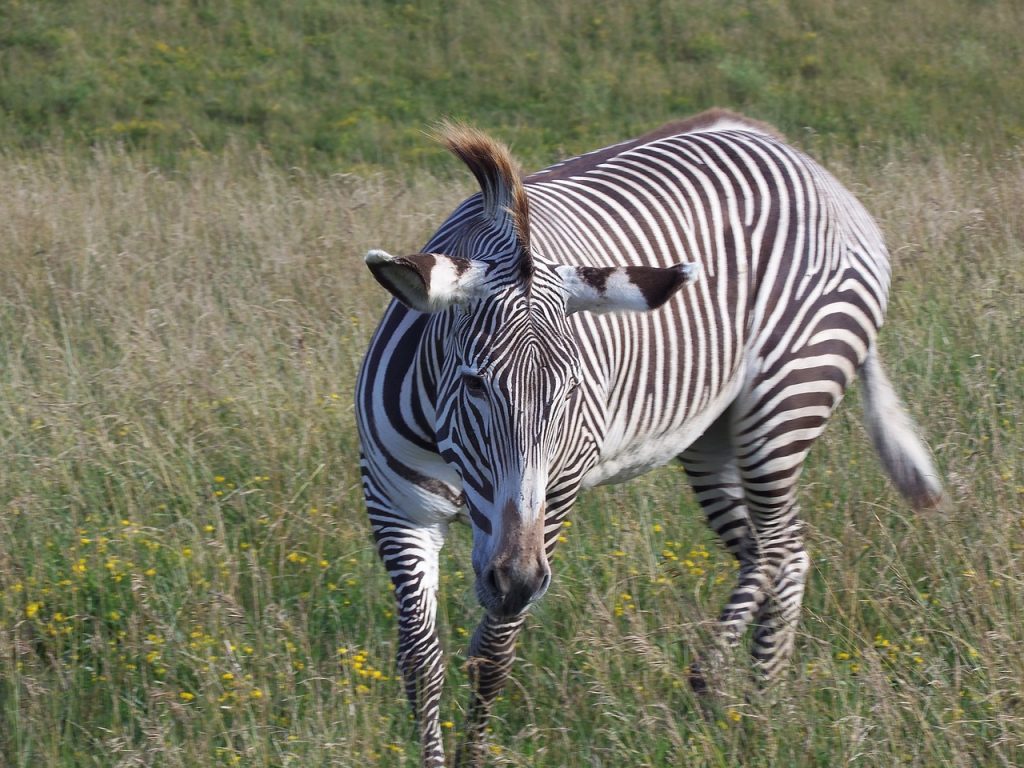
Private conservancies are typically owned and managed by individuals or organizations dedicated to conservation. Lewa Wildlife Conservancy is a prime example, where stringent anti-poaching measures and community programs have led to a significant increase in the population of endangered species, such as the black rhinos, Grevy’s zebras, and the sitatungas. These conservancies often serve as models for sustainable conservation practices.
In addition to wildlife, the Lewa establishment also funds education programs that help develop schools in the area and fund scholarships. Furthermore, every year, the Lewa Marathon is held on the tracks of the conservancy as a fundraiser to support wildlife conservation efforts.
National Park Conservancies
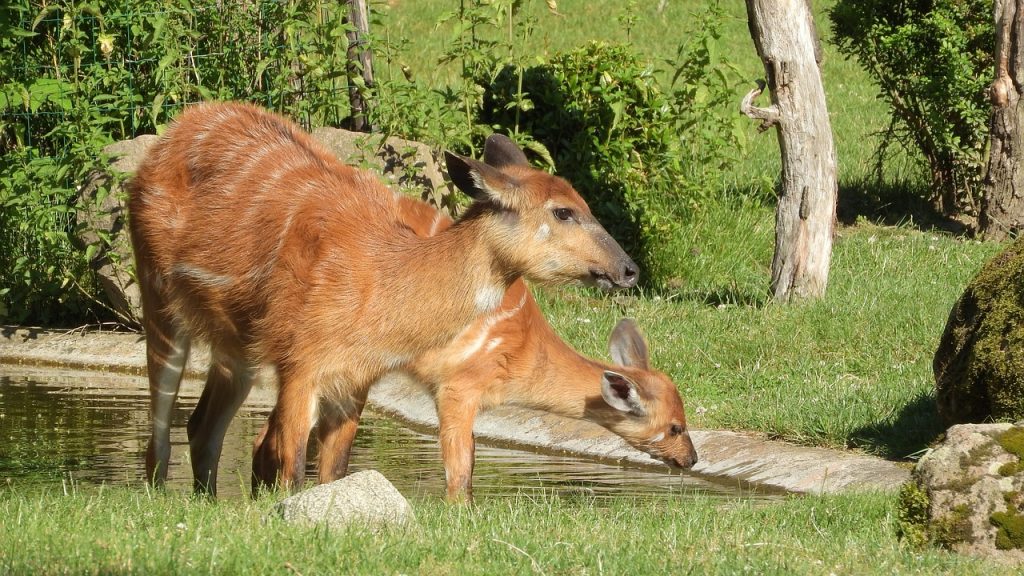
National parks in Kenya also operate conservancies within their boundaries, allowing for a more focused approach to conservation. The Mara Conservancy, located within the Maasai Mara National Reserve, is a notable example. Through effective management and community involvement, this conservancy has witnessed a resurgence in wildlife populations and is a critical area for the annual migration of wildebeest and zebras from the neighboring Serengeti.
Non-Governmental Organization (NGO) Conservancies
NGOs often establish conservancies to address specific conservation challenges. The Shompole Community Trust is an NGO-operated conservancy that works closely with the local Maasai community to protect wildlife and their habitats. This conservancy showcases the positive impact of collaboration between NGOs and local communities.
Mixed-Use Conservancies
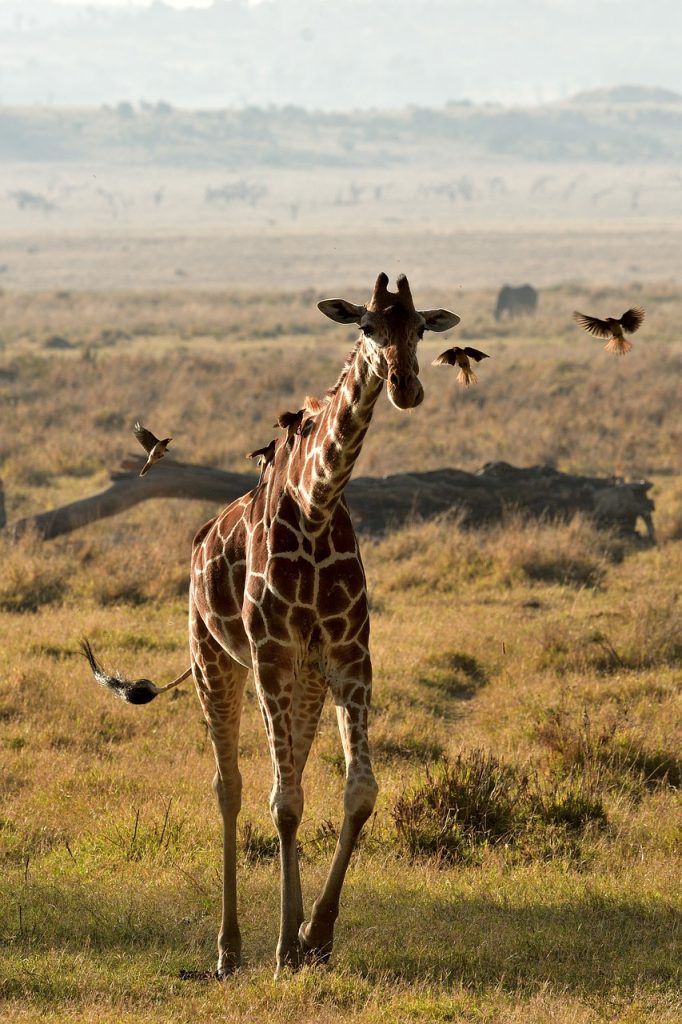
Some conservancies adopt a mixed-use approach, integrating wildlife conservation with sustainable land-use practices. The Loisaba Conservancy, for instance, combines conservation efforts with cattle ranching and eco-friendly tourism. It sits on the western edge of one of Kenya’s most important elephant movement corridors and serves as a hub for wildlife research. The integrated model exhibited in this Ewaso Ecosystem demonstrates that conservation can coexist with other land uses, promoting harmony between people and wildlife.
Conclusion
Kenya’s conservancies stand as beacons of successful conservation efforts, demonstrating that a multi-faceted approach is essential for preserving biodiversity. Whether driven by local communities, private individuals, national parks, NGOs, or a combination of these, conservancies in Kenya have made significant strides in wildlife protection, habitat restoration, and community development.
As we celebrate these achievements, we need to recognize the importance of continued collaboration, innovation, and sustainable practices. We must continue being willing stewards in safeguarding Kenya’s natural treasures for generations to come.
Writer: Winnie Wekesa
